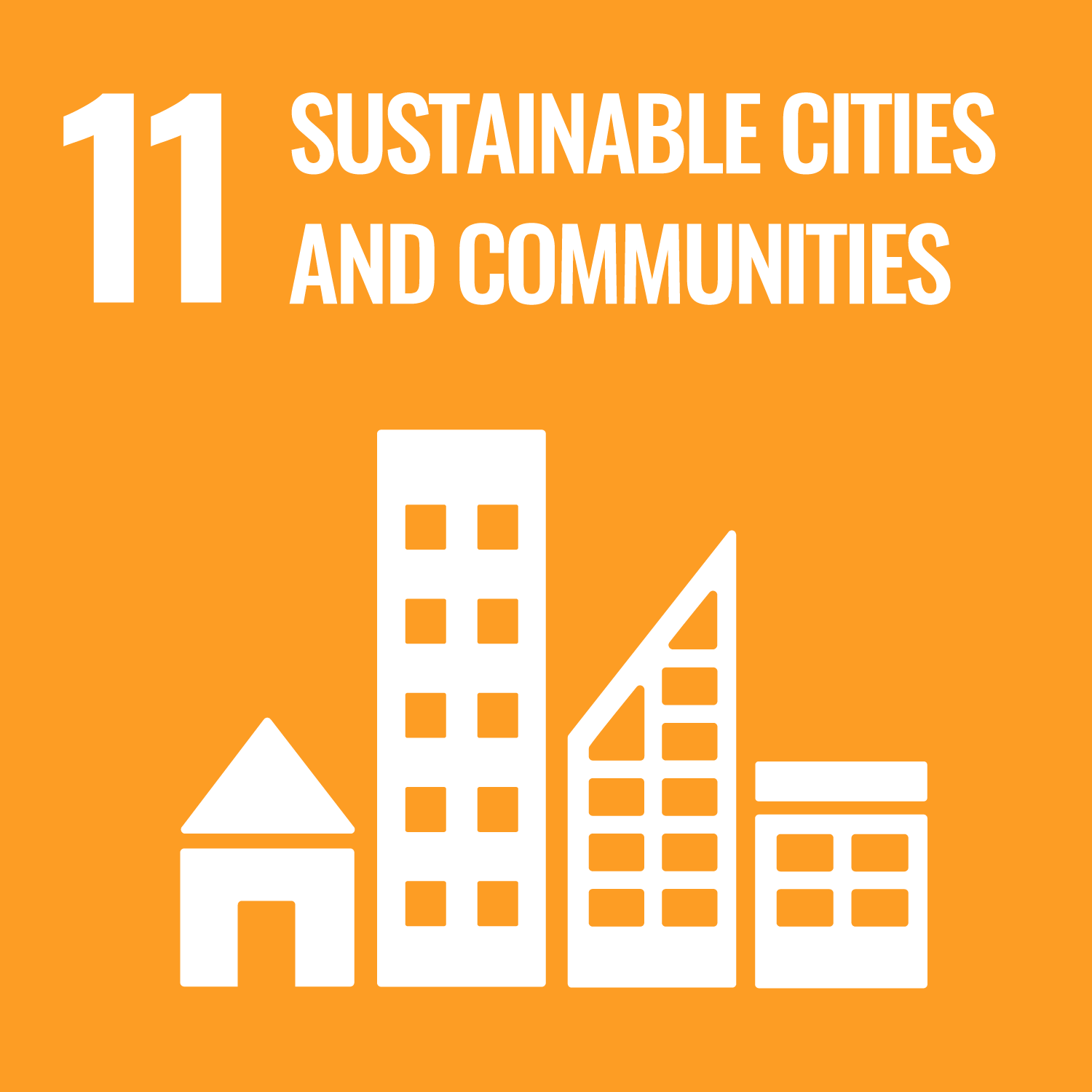ORCID
- Alan Smith: 0000-0001-9722-282X
Abstract
When evaluating environmental challenges such as vulnerability to natural hazards, it is important to consider both the physical exposure as well as the socio-demographic characteristics of a population. Human populations and their characteristics vary considerably over space and time. This paper introduces and evaluates an open-source resource that has been developed to introduce students in higher education to the quantitative skills required to evaluate pressing social and environmental challenges. It utilises census and hazard data within QGIS and R for a flood risk example in southwest England. A standalone online practical resource supports students to obtain, prepare, visualise and analyse geospatial data with reference to population characteristics. Within the exemplar provided, it is determined that there is a significant (p < 0.01) but small difference in the population exposed to flood risk based on socio-economic classification within SW England. The resource is reviewed following student feedback as well as a discussion for its use as a possible outreach tool.
DOI Link
Publication Date
2024-05-31
Publication Title
Journal of Geography in Higher Education
ISSN
0309-8265
Acceptance Date
2024-05-26
Deposit Date
2024-06-10
Additional Links
Keywords
Big data, GIS, flood risk, open source, quantitative geography
Creative Commons License

This work is licensed under a Creative Commons Attribution-NonCommercial-No Derivative Works 4.0 International License.
First Page
1
Last Page
7
Recommended Citation
Smith, A. (2024) 'Using GIS for flood hazard assessment', Journal of Geography in Higher Education, , pp. 1-7. Available at: 10.1080/03098265.2024.2361606


